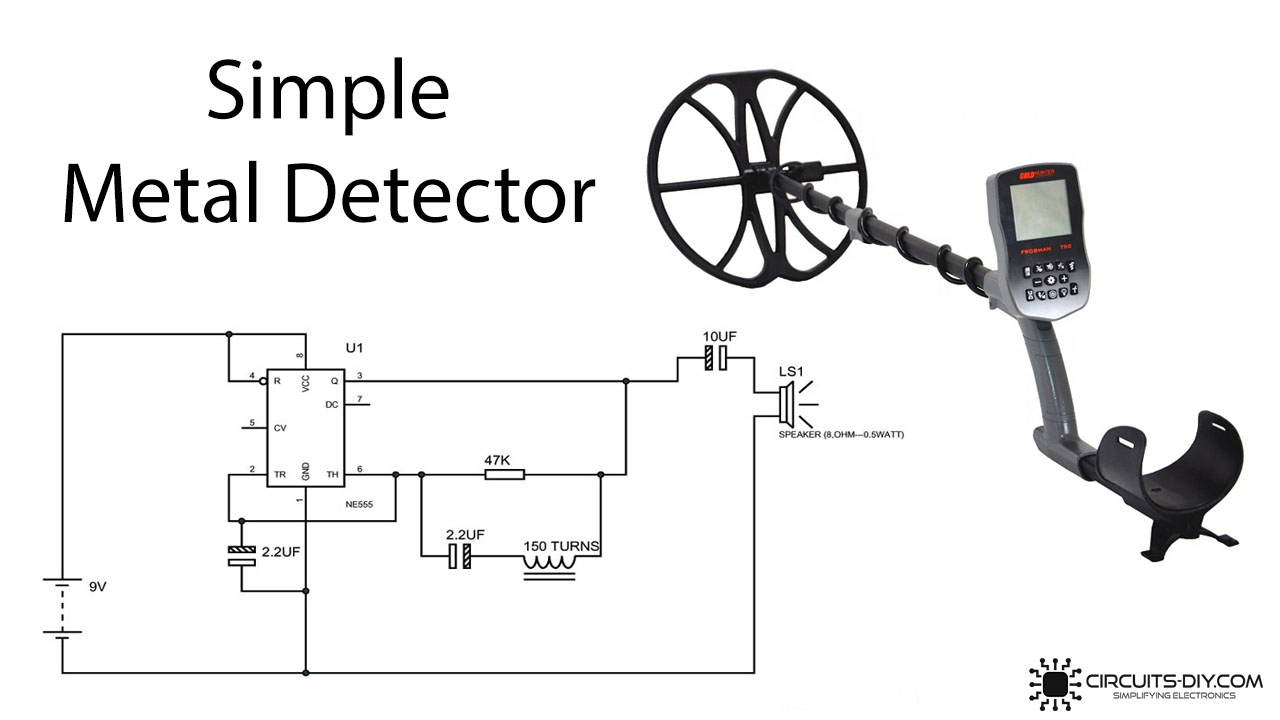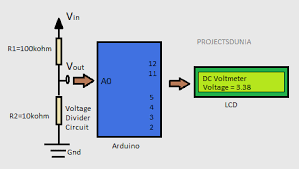Best way to test a circuit before building?
Testing a circuit before building it can save you a lot of time and money in the long run. By identifying any potential issues or errors early on, you can avoid costly mistakes and ensure that your circuit works as intended. In this article, we will discuss some of the best ways to test a circuit before building it, so you can have peace of mind knowing that your project will be a success.
1. Simulation Software
One of the most effective ways to test a circuit before building it is to use simulation software. There are many different programs available that allow you to design and test your circuit virtually before you actually build it. This can help you identify any potential issues or errors in your design, as well as optimize the performance of your circuit.
Some popular simulation software programs include LTspice, Proteus, and Multisim. These programs allow you to create a detailed schematic of your circuit, simulate its performance, and analyze the results. By using simulation software, you can save time and money by ensuring that your circuit works correctly before you start building it.
2. Breadboarding
Another effective way to test a circuit before building it is to use a breadboard. A breadboard is a tool that allows you to quickly and easily prototype your circuit design without soldering any components. This can be a great way to test different configurations and components to see how they interact with each other.
By using a breadboard, you can quickly test different parts of your circuit and make any necessary adjustments before committing to a final design. This can help you identify any potential issues or errors early on, as well as ensure that your circuit works as intended.
3. Multimeter Testing
Using a multimeter is another effective way to test a circuit before building it. A multimeter is a versatile tool that can measure voltage, current, and resistance in your circuit. By using a multimeter, you can quickly identify any short circuits, open circuits, or incorrect connections in your design.
To test your circuit with a multimeter, simply set the tool to the appropriate measurement mode (voltage, current, or resistance) and connect the probes to the appropriate points in your circuit. By carefully measuring and analyzing the results, you can quickly identify any issues or errors in your design.
4. Component Testing
Finally, it is important to test each individual component in your circuit before building it. This can help you ensure that each component is functioning correctly and is compatible with the rest of your design. By testing each component separately, you can identify any faulty or incompatible parts before you assemble your circuit.
To test a component, simply connect it to a power source and a load (such as a resistor) and measure its performance using a multimeter or other testing equipment. By carefully testing each component in your circuit, you can ensure that your design will work as intended once it is fully assembled.
In conclusion, testing a circuit before building it is essential to ensure that your project is a success. By using simulation software, breadboarding, multimeter testing, and component testing, you can identify any potential issues or errors in your design and ensure that your circuit works correctly. So, before you start building your circuit, be sure to test it thoroughly to save time, money, and frustration in the long run.
Best way to test a circuit before building?
Testing a circuit before building it can save you a lot of time and money in the long run. By identifying any potential issues or errors early on, you can avoid costly mistakes and ensure that your circuit works as intended. In this article, we will discuss some of the best ways to test a circuit before building it, so you can have peace of mind knowing that your project will be a success.
1. Simulation Software
One of the most effective ways to test a circuit before building it is to use simulation software. There are many different programs available that allow you to design and test your circuit virtually before you actually build it. This can help you identify any potential issues or errors in your design, as well as optimize the performance of your circuit.
Some popular simulation software programs include LTspice, Proteus, and Multisim. These programs allow you to create a detailed schematic of your circuit, simulate its performance, and analyze the results. By using simulation software, you can save time and money by ensuring that your circuit works correctly before you start building it.
2. Breadboarding
Another effective way to test a circuit before building it is to use a breadboard. A breadboard is a tool that allows you to quickly and easily prototype your circuit design without soldering any components. This can be a great way to test different configurations and components to see how they interact with each other.
By using a breadboard, you can quickly test different parts of your circuit and make any necessary adjustments before committing to a final design. This can help you identify any potential issues or errors early on, as well as ensure that your circuit works as intended.
3. Multimeter Testing
Using a multimeter is another effective way to test a circuit before building it. A multimeter is a versatile tool that can measure voltage, current, and resistance in your circuit. By using a multimeter, you can quickly identify any short circuits, open circuits, or incorrect connections in your design.
To test your circuit with a multimeter, simply set the tool to the appropriate measurement mode (voltage, current, or resistance) and connect the probes to the appropriate points in your circuit. By carefully measuring and analyzing the results, you can quickly identify any issues or errors in your design.
4. Component Testing
Finally, it is important to test each individual component in your circuit before building it. This can help you ensure that each component is functioning correctly and is compatible with the rest of your design. By testing each component separately, you can identify any faulty or incompatible parts before you assemble your circuit.
To test a component, simply connect it to a power source and a load (such as a resistor) and measure its performance using a multimeter or other testing equipment. By carefully testing each component in your circuit, you can ensure that your design will work as intended once it is fully assembled.
In conclusion, testing a circuit before building it is essential to ensure that your project is a success. By using simulation software, breadboarding, multimeter testing, and component testing, you can identify any potential issues or errors in your design and ensure that your circuit works correctly. So, before you start building your circuit, be sure to test it thoroughly to save time, money, and frustration in the long run.



